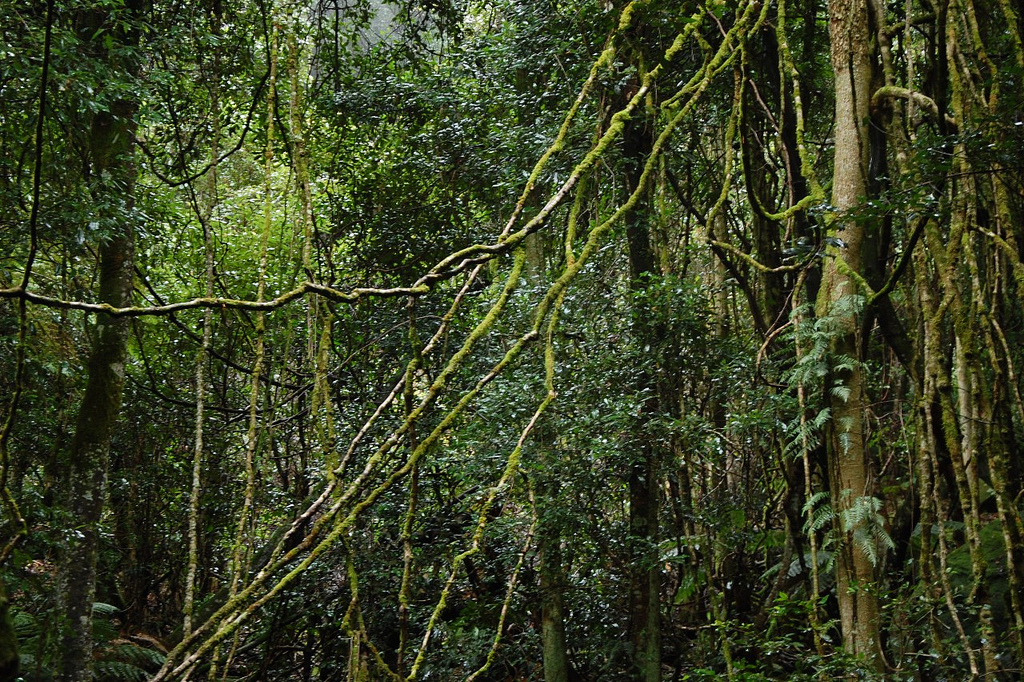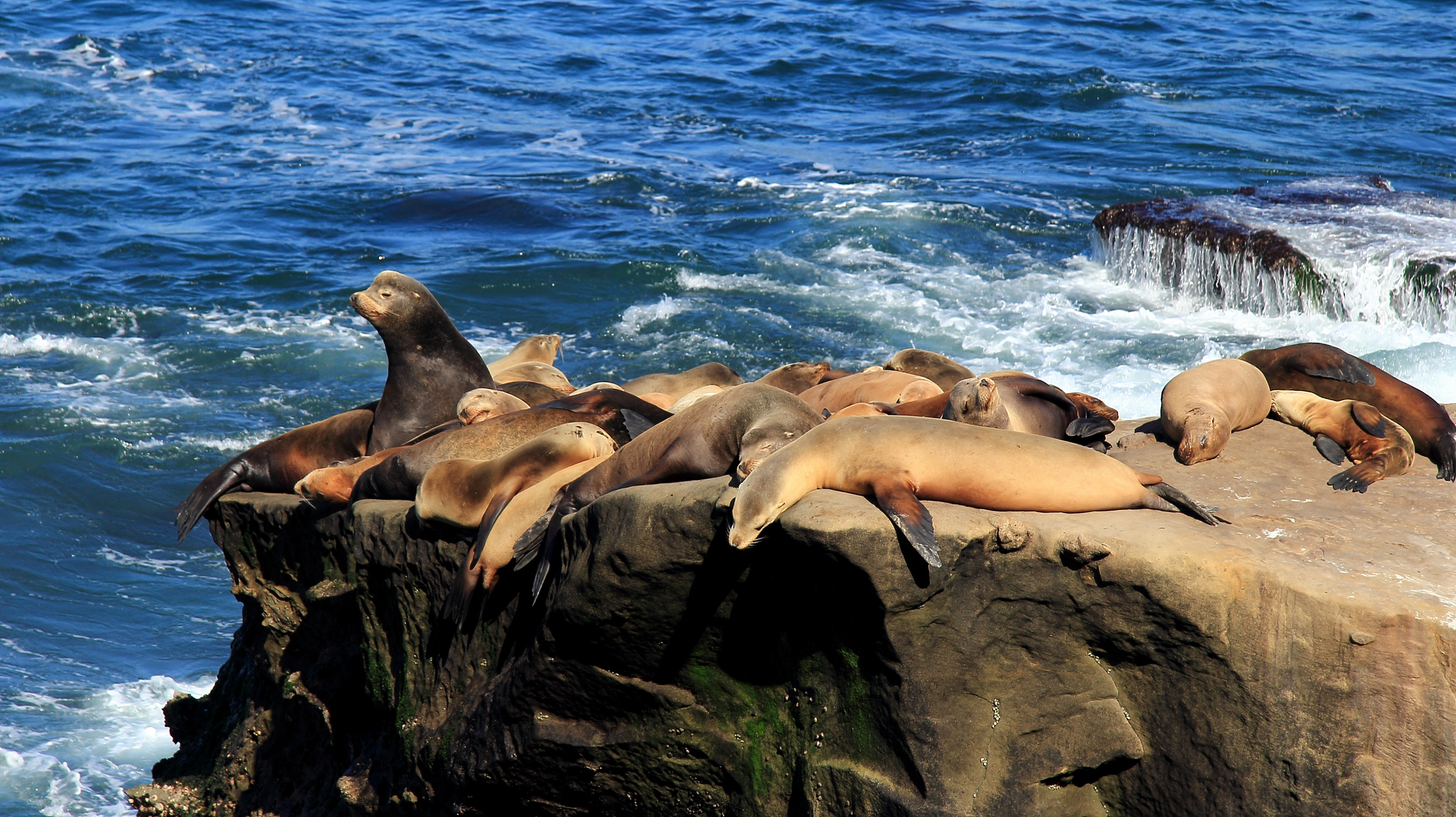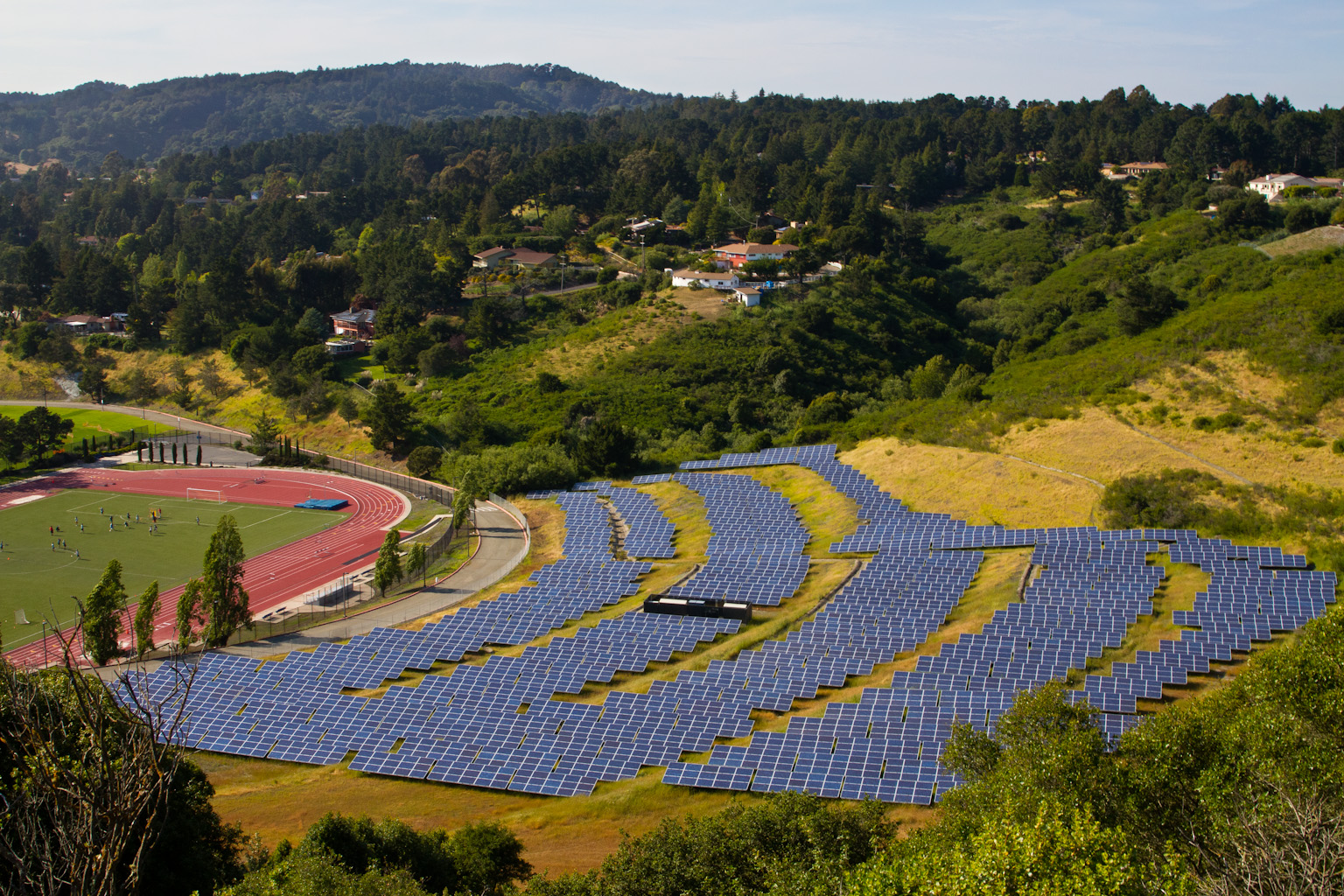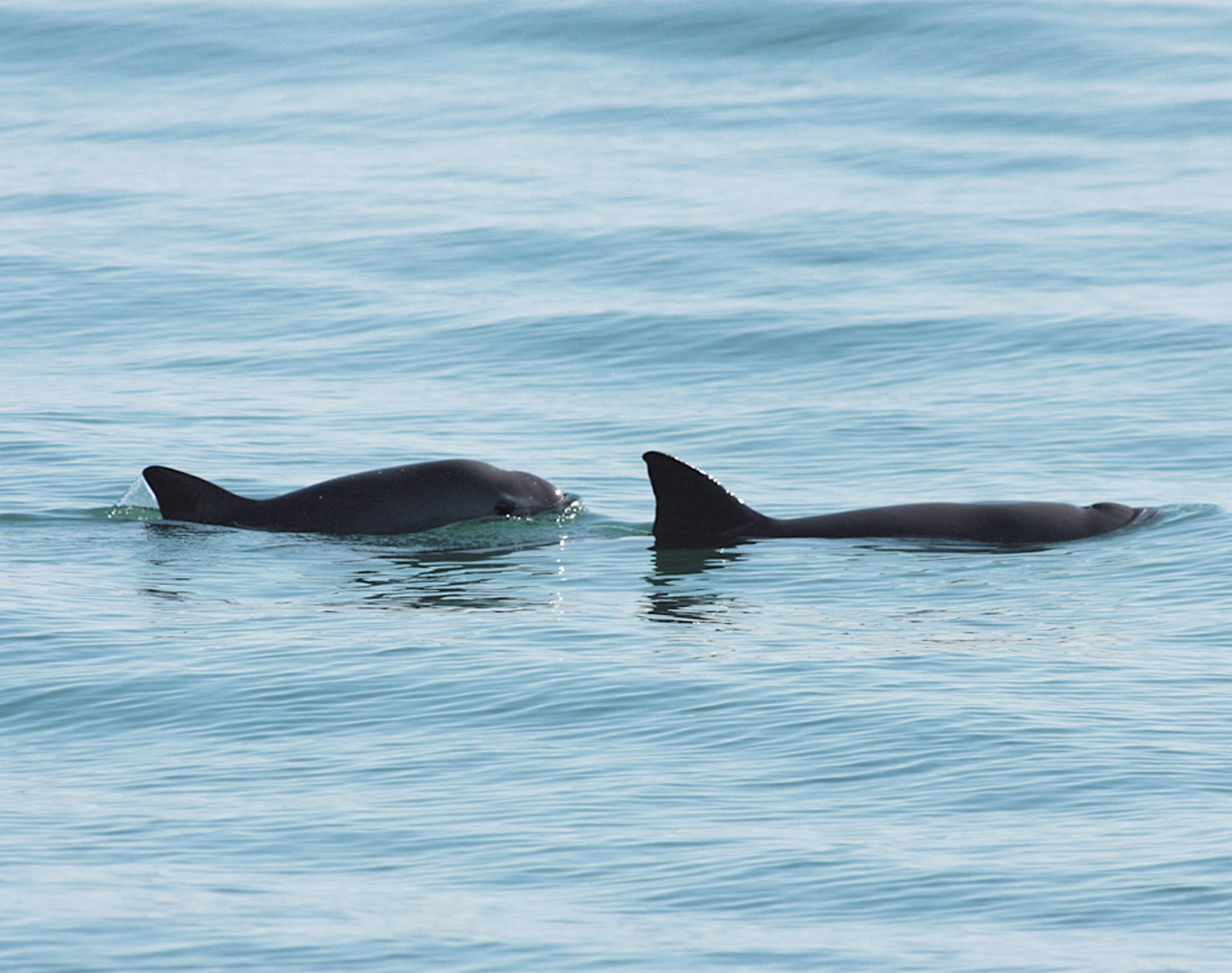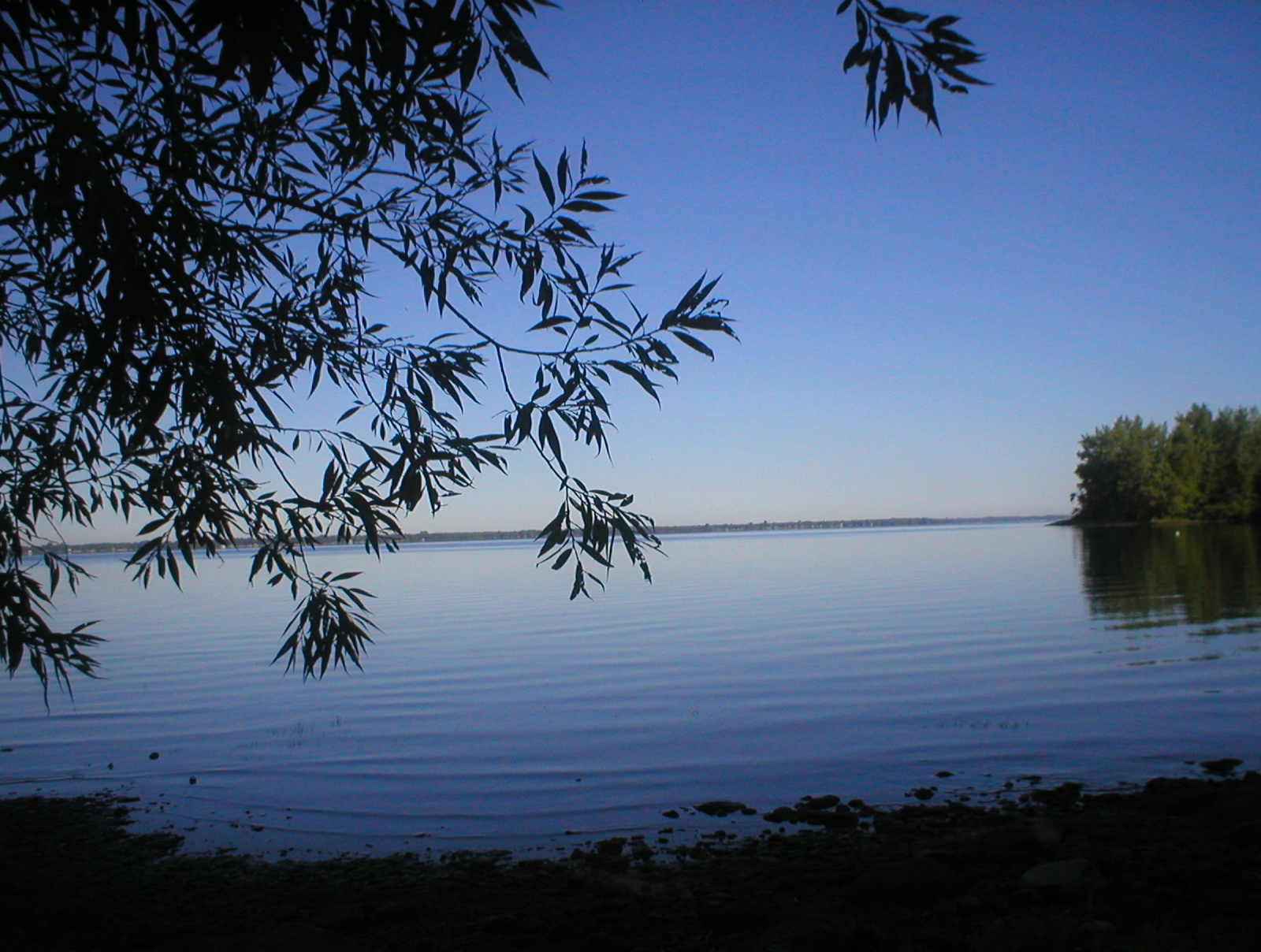Our Environment
Liana Vines And Carbon
Liana vines are long-stemmed, woody vines that are rooted in the soil at ground level and use trees or other means of vertical support to climb up to the canopy to gain access to sunlight. There are numerous varieties from many plant families. And, for reasons that are not entirely clear, their abundance has doubled in recent decades.
California Sea Lions
Sea lions in California are under duress from a rather unassuming source: algae. Driven by higher water temperatures and pollution, toxic algae is leading to fatal brain damage in many California sea lions.
Plastic In The Arctic
On several occasions, we have talked about the enormous amount of plastic that litters the world’s oceans. Bits of bottles, bags, toys, fishing nets and other objects collect in gyres, or so-called garbage patches, which have grown and grown over the decades.
Capital Region Community Solar
Community solar is a cooperative enterprise in which customers can make use of the output of a large local array of solar panels when they are not able to install a solar power system on their own property. The customers of a community solar system can offset as little or as much of their electrical usage as they want by participating in a community solar program.
Melting Ice Adds Life To The Sea
The changing climate has many effects upon the world’s ecosystems, some of which are surprising. One of these relates to the effect of the increasing melting of ice in the Arctic. The ice melt is leading to more life in the Arctic sea.
Cows And The Environment
There are many environmental problems associated with ruminant livestock and these problems continue to grow as the demand for meat-rich diets increases around the world. One of the biggest problems is that cows emit methane through eructation (or belching) as they chew their cud. Methane is a powerful greenhouse gas, some 25 times more potent at trapping heat than carbon dioxide. More than a quarter of all human-originated methane going into the atmosphere comes from raising livestock.
Storing Energy With Captured CO2
Capturing carbon dioxide instead of releasing it into the atmosphere is a way we can use fossil fuels without it having harmful effects on the climate. Energy storage is a way to address the volatility of clean energy sources like wind and solar power. Excess energy stored during peak production can be used when production ceases, such as when the sun is not shining or the wind is not blowing.
Nature Is Satisfying
For most of us, a day spent in the mountains, the woods, or at the beach always seems like a good day. Communing with nature tends to make us feel better.
Spray-On Solar Cells
One of the most exciting possibilities for future solar energy technology is that of solar cells that can be sprayed or printed on to surfaces like the windows of skyscrapers, the roofs of sports utility vehicles, or the walls of houses. And the expectation is that such technology would be far cheaper than today’s silicon-based solar panels.
Threats To Coral Reefs
There has been much news recently about the growing bleaching events going on in the world’s coral reefs associated with ocean warming and acidification. The massive damage to Australia’s Great Barrier Reef is an ongoing tragedy.
Utility-Scale Solar Power
Solar panels on the roofs of houses have become a familiar sight in recent years, but utility-scale solar – installations of 10 megawatts and greater – are really booming these days. Throughout the United States, more than 10.5 gigawatts of utility-scale solar were added to the electric grid in 2016 – enough to power more than 2 million homes – and at least 8 gigawatts more are scheduled to come online this year.
Turning Seawater Into Drinking Water
Graphene is often called the wonder material. First isolated by scientists in 2004, it is a form of carbon that is just one atom thick, extremely light, two hundred times stronger than steel, highly flexible, and an excellent conductor of heat and electricity. Scientists are finding numerous applications for it.
Reviving Vaquitas
The world’s smallest porpoise is in real trouble. According to scientists, there could be as few as 30 vaquitas remaining on the planet. We highlighted the plight facing this species in detail last month.
Solar Power From An Old Mine
For more than a century, a wide stretch of land north of Kimberley, British Columbia, was used for intensive industrial hard-rock mining. The site of Teck’s Sullivan Mine hosted a steel mill, a fertilizer plant and tailings ponds and was rendered treeless.
Americans And Beef
There’s ample evidence over the past decade or so that Americans are gradually changing their diets, driven by health concerns among other factors. But there’s one change that really stands out. According to a study by the Natural Resources Defense Council, Americans have sliced their beef consumption by 19% between 2005 and 2014.
Terrestrial Plants and Lake Ecosystems
Most of the planet’s freshwater stores are found in the northern hemisphere, a region that is changing rapidly in response to human activity and shifting climate trends. A recent study analyzed 147 northern lakes and found that many rely on nutrients from tree leaves, pine needles, and other land-grown plants to feed aquatic life.
India’s Air Pollution
Poor air quality is a major problem worldwide. Exposure to air pollution is linked to the premature deaths of an estimated 6.5 million people every year. This makes air pollution the fourth largest threat to human health, trailing only high blood pressure, dietary risks, and smoking.
Old Dog, New Trick
The North-Rhine Westphalia region of Germany was the crucible of that country’s industrial revolution and it still generates a third of Germany’s power, much of it using aging coal plants. However, Germany’s national energy transition program is pushing the country away from coal and other fossil fuels and towards renewable energy sources.

